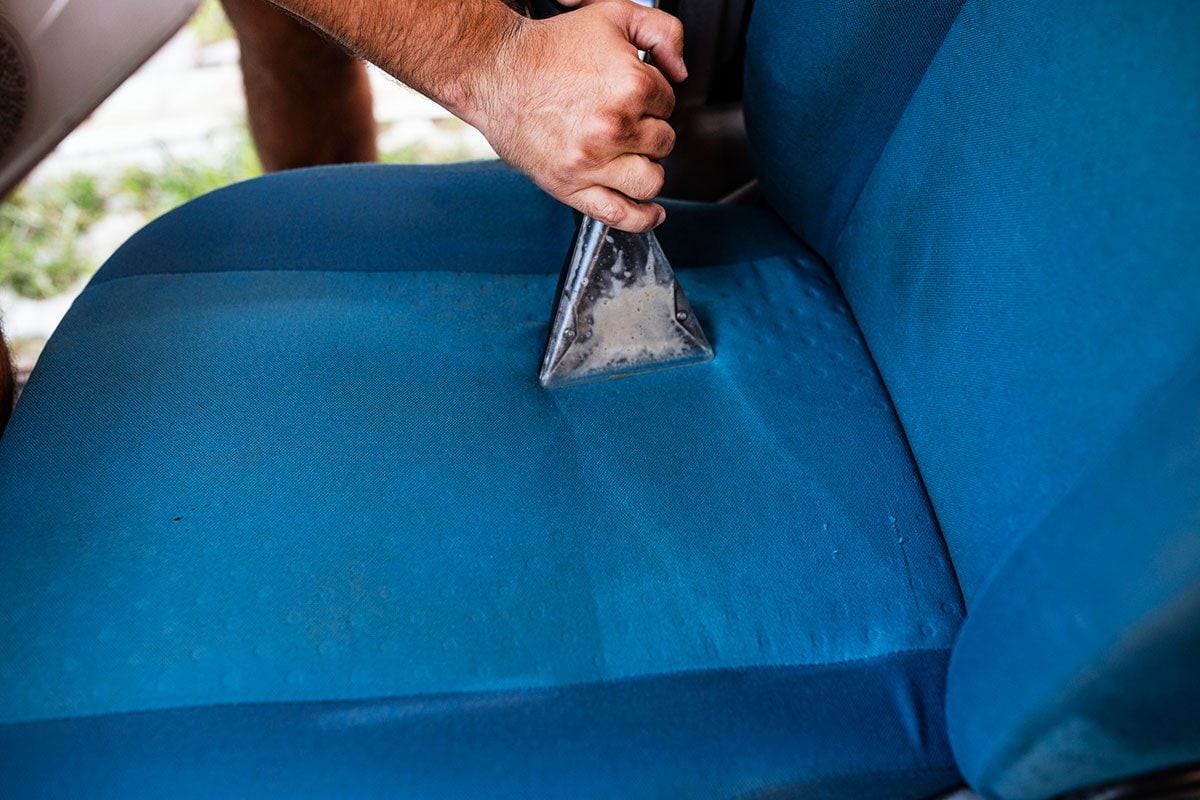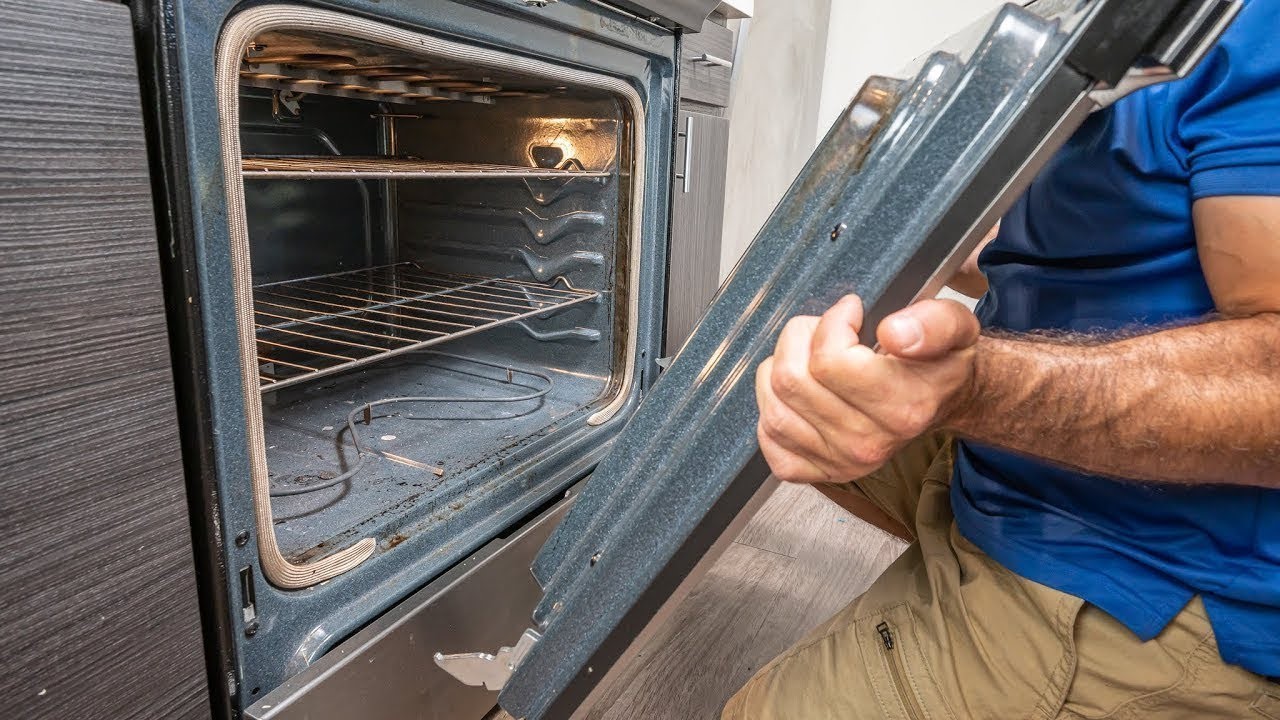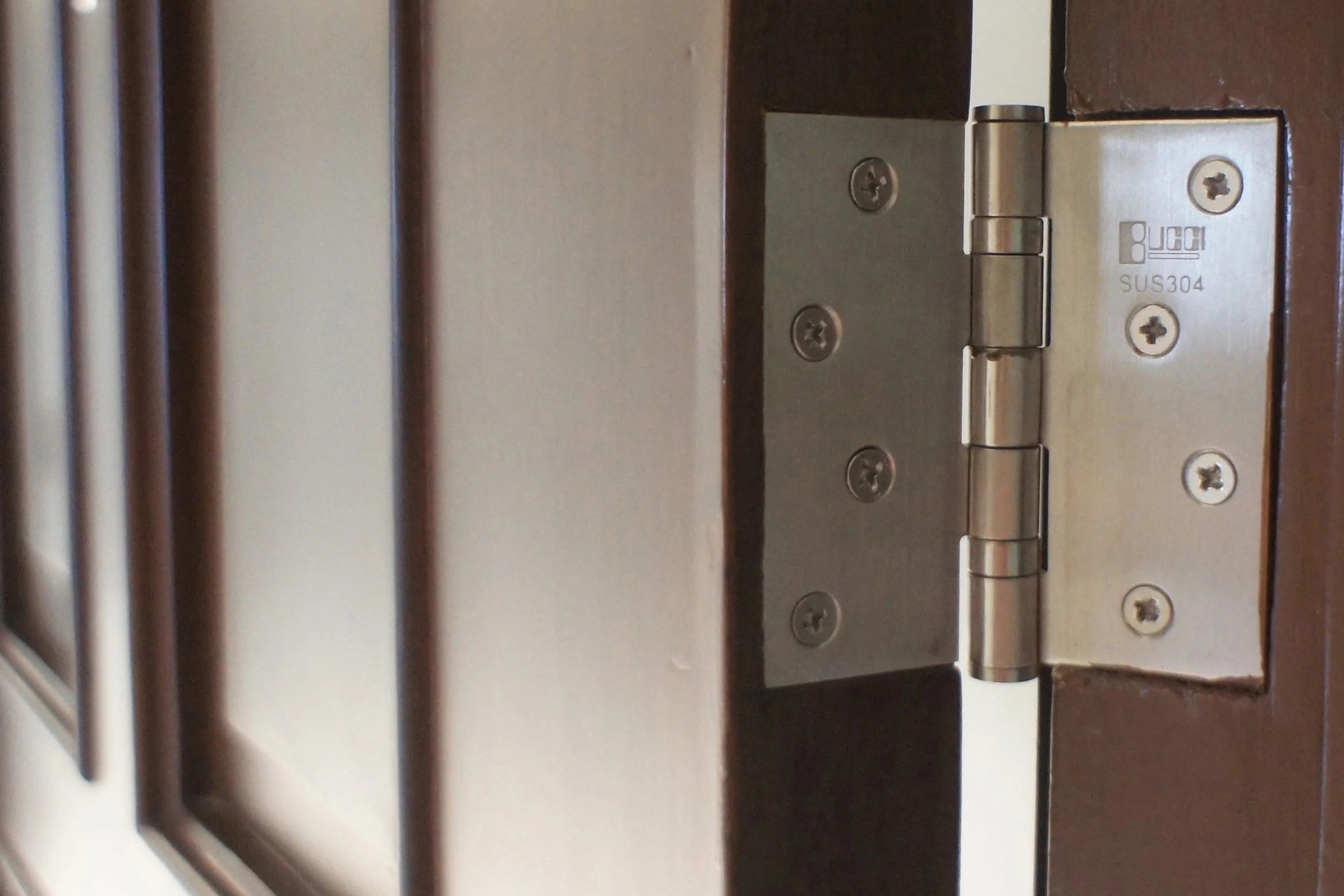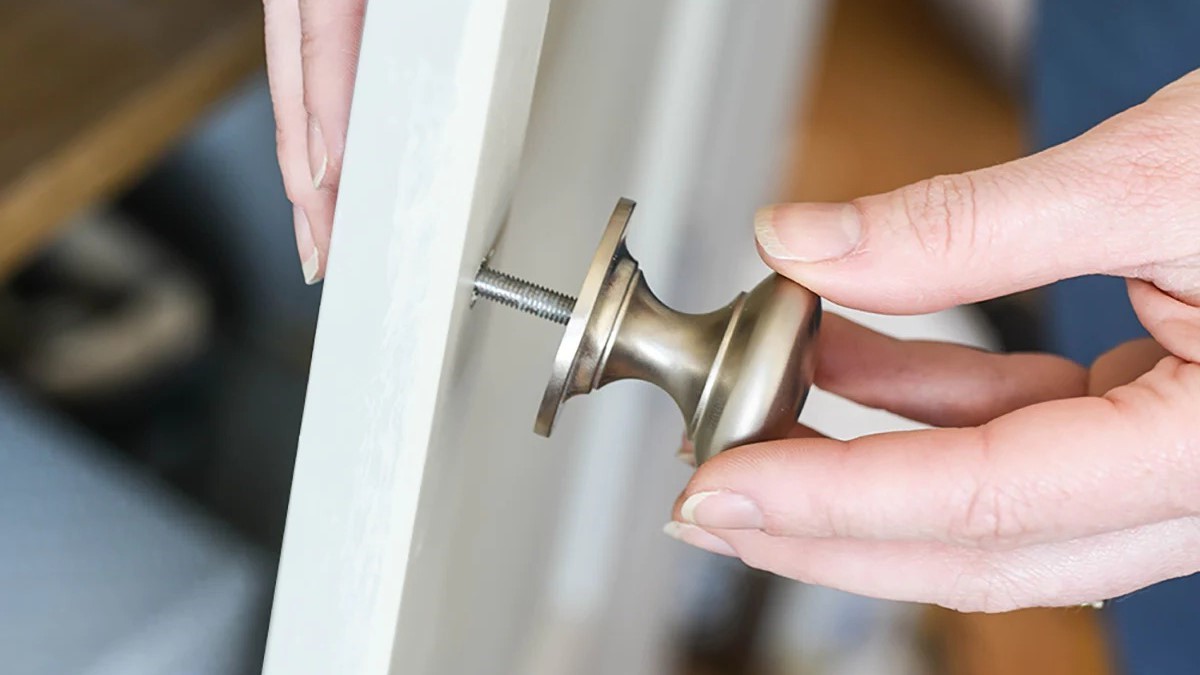Home>Automotive>How To Get Frozen Car Doors Open
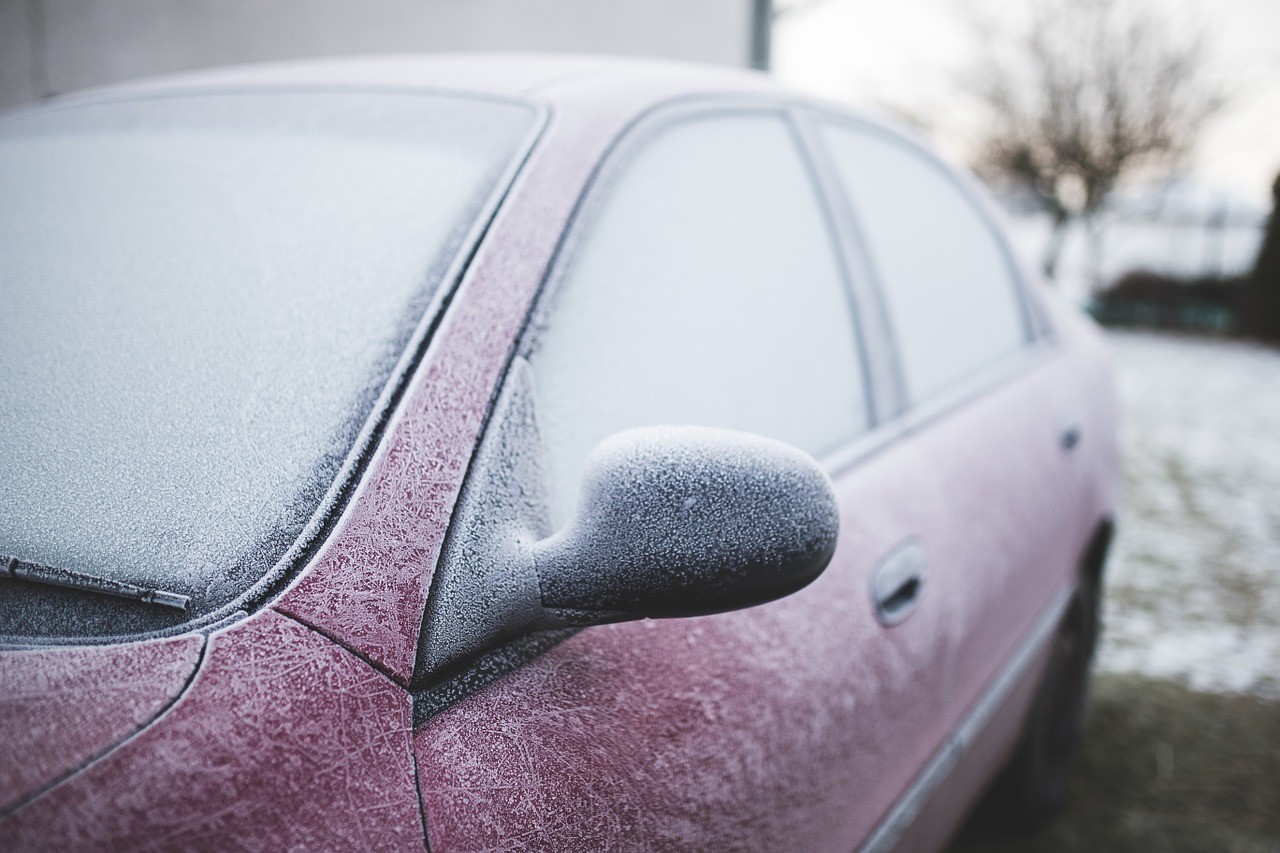

Automotive
How To Get Frozen Car Doors Open
Published: February 26, 2024
Learn effective techniques for opening frozen car doors in cold weather. Get expert automotive tips to prevent and deal with frozen car doors.
(Many of the links in this article redirect to a specific reviewed product. Your purchase of these products through affiliate links helps to generate commission for Noodls.com, at no extra cost. Learn more)
Table of Contents
Introduction
Winter brings with it a host of challenges, from navigating icy roads to dealing with the bone-chilling cold. One particularly frustrating issue that many drivers encounter during the winter months is the dreaded frozen car door. There's nothing quite as exasperating as being ready to hit the road, only to find that your car doors are stubbornly frozen shut. Whether you're rushing to work in the early hours of the morning or returning home after a long day, dealing with frozen car doors can quickly turn into a major inconvenience.
The problem of frozen car doors is not only an annoyance but can also pose safety risks. In emergency situations, the inability to quickly access your vehicle due to frozen doors can be a serious concern. Moreover, the effort to force open a frozen door can potentially lead to damage to the door seal, hinges, or even the locking mechanism. Understanding how to effectively deal with this issue is crucial for every driver facing winter weather conditions.
In this comprehensive guide, we will delve into the various aspects of dealing with frozen car doors. From understanding the root causes of the problem to exploring preventive measures and quick fixes, we will equip you with the knowledge and strategies needed to tackle this common winter inconvenience. Additionally, we will discuss long-term solutions that can help mitigate the risk of encountering frozen car doors in the future.
So, whether you're a seasoned driver who has faced this issue numerous times or a new driver gearing up for your first winter behind the wheel, this guide will provide you with valuable insights and practical tips to navigate the challenge of frozen car doors with confidence. Let's embark on this journey to unravel the secrets of getting those stubborn car doors open in the frosty grip of winter.
Read more: How To Open A Locked Door
Understanding the Problem
Dealing with frozen car doors is a common frustration during the winter months, and understanding the root causes of this issue is essential for effectively addressing it. Several factors contribute to the freezing of car doors, and gaining insight into these elements can help drivers navigate this challenge more effectively.
External Moisture and Temperature Fluctuations
One of the primary culprits behind frozen car doors is external moisture, which can seep into the door's locking mechanism and hinges. When temperatures drop, this moisture freezes, causing the door to become stuck. Additionally, fluctuating temperatures can exacerbate the issue, as the repeated freezing and thawing of moisture can lead to the formation of ice within the door's mechanisms.
Inadequate Door Seals
Another factor that can contribute to frozen car doors is inadequate door seals. Over time, door seals can wear down, become damaged, or lose their flexibility, allowing moisture to penetrate the door more easily. When moisture infiltrates the door and subsequently freezes, it can impede the smooth operation of the door, making it difficult to open.
Ice Accumulation
Accumulated ice on the exterior of the car, particularly around the door's edges and handles, can also lead to frozen car doors. When ice forms in these areas, it can create a barrier that prevents the door from opening. Moreover, if the ice buildup is substantial, it can exert pressure on the door, further complicating the situation.
Read more: How To Manually Open Garage Door
Vehicle Design and Age
The design and age of the vehicle can also play a role in the likelihood of encountering frozen car doors. Older vehicles, especially those with worn seals or less advanced insulation, may be more susceptible to this issue. Additionally, certain vehicle designs, such as those with recessed door handles or intricate locking mechanisms, can provide more opportunities for moisture and ice to interfere with the door's operation.
By understanding these underlying factors, drivers can gain valuable insights into why their car doors may be freezing and can take proactive measures to address and prevent this issue. In the following sections, we will explore practical tips for preventing frozen car doors and quick fixes for dealing with this inconvenience when it arises.
Prevention Tips
Preventing the frustration of frozen car doors begins with proactive measures to minimize the likelihood of encountering this inconvenience. By implementing the following prevention tips, drivers can significantly reduce the risk of dealing with stubbornly frozen car doors during the winter season.
-
Regular Maintenance and Lubrication: Keeping the door seals, hinges, and locks well-maintained and properly lubricated is essential for preventing moisture from infiltrating these critical components. Applying a silicone-based lubricant to the door seals and hinges can help repel moisture and maintain the flexibility of the seals, reducing the likelihood of freezing.
-
Invest in Weatherproofing Products: Utilizing weatherproofing products designed specifically for car doors can provide an additional layer of protection against moisture and ice. Applying a specialized door seal treatment or weatherstripping adhesive can enhance the resilience of the door seals, minimizing the risk of water penetration and subsequent freezing.
-
Parking in Sheltered or Warmer Areas: Whenever possible, parking the vehicle in a sheltered or warmer location can help mitigate the impact of external moisture and temperature fluctuations. Garages, carports, or covered parking areas can provide a protective environment that reduces the exposure of the car doors to freezing conditions.
-
Use of Protective Coverings: Employing car door covers or blankets designed for winter use can shield the doors from direct exposure to snow, ice, and freezing rain. These protective coverings act as a barrier, reducing the likelihood of ice accumulation on the doors and handles, thereby minimizing the risk of frozen car doors.
-
Regular Cleaning and De-Icing: Routinely cleaning the exterior of the vehicle, including the door handles and edges, and removing any accumulated ice can help prevent the buildup of frozen barriers that impede the operation of the doors. Additionally, using a de-icing solution or rubbing alcohol to clear ice-prone areas can further reduce the risk of frozen car doors.
-
Strategic Door Opening: When encountering freezing conditions, strategically opening and closing the car doors at regular intervals can help prevent moisture from settling and freezing within the door mechanisms. This practice can help maintain the flexibility of the door seals and minimize the likelihood of them becoming stuck due to ice formation.
By incorporating these preventive measures into their winter car care routine, drivers can proactively safeguard against the inconvenience and potential safety hazards associated with frozen car doors. These strategies not only reduce the likelihood of encountering this issue but also contribute to the overall maintenance and longevity of the vehicle's door components.
Quick Fixes
When faced with the immediate challenge of frozen car doors, drivers need quick and effective solutions to regain access to their vehicles. While prevention is key, unexpected freezing conditions can still catch us off guard. In such situations, employing practical quick fixes can help thaw out the frozen barriers and get those stubborn car doors open.
Warm Water Application
Gently pouring lukewarm water over the frozen areas of the car door, particularly around the edges and handles, can help melt the ice and facilitate the opening of the door. It's important to use water that is not too hot to avoid potential damage to the vehicle's paint or seals. Additionally, drying the door thoroughly after applying warm water is crucial to prevent refreezing.
Read more: How To Get Bugs Off Car
Heating with a Hair Dryer
Using a hair dryer to direct warm air onto the frozen car door can expedite the melting of the ice. This method is particularly effective for targeting specific areas where ice accumulation is obstructing the door's operation. Care should be taken to maintain a safe distance between the hair dryer and the vehicle's surface to prevent overheating or damage.
De-Icing Spray or Rubbing Alcohol
Applying a commercial de-icing spray or rubbing alcohol to the frozen areas of the car door can help dissolve the ice and facilitate the opening of the door. These products are designed to lower the freezing point of water, making it easier to remove the ice buildup. It's important to follow the manufacturer's instructions and ensure proper ventilation when using these products.
Gentle Tapping and Shaking
Gently tapping the frozen areas of the car door with a soft mallet or using a rubber mallet can help dislodge the ice and loosen the door's grip. Additionally, carefully shaking the door or applying gentle pressure to the handle while attempting to open it can aid in breaking the ice's hold on the door, allowing it to open more easily.
Use of a Portable Heater
Employing a portable heater, such as a small electric space heater or a heated blanket, near the frozen car door can help raise the ambient temperature and expedite the thawing process. This method is particularly useful when dealing with persistent freezing conditions and can help prevent damage to the door caused by excessive force.
Read more: How To Get Dog Hair Out Of Car
Silicone-Based Lubricant Application
Applying a silicone-based lubricant to the door seals and hinges can help reduce friction and facilitate the smooth operation of the door, especially when dealing with minor ice buildup. The lubricant's water-repelling properties can also help prevent future freezing issues, making it a valuable long-term solution as well.
By employing these quick fixes, drivers can effectively address the immediate challenge of frozen car doors and regain access to their vehicles in a safe and efficient manner. However, it's important to exercise caution and avoid using excessive force or sharp objects that could potentially damage the vehicle's surfaces or components. These quick fixes provide practical solutions for dealing with frozen car doors, ensuring that drivers can navigate the winter season with confidence and resilience.
Long-Term Solutions
Addressing the issue of frozen car doors necessitates a proactive approach that extends beyond quick fixes and immediate remedies. By implementing long-term solutions, drivers can significantly reduce the likelihood of encountering frozen car doors and enhance the overall resilience of their vehicles in winter conditions.
Upgrading Door Seals and Weather Stripping
Investing in high-quality door seals and weather stripping can substantially improve the vehicle's resistance to moisture infiltration and subsequent freezing. Upgraded seals with enhanced flexibility and durability provide a more effective barrier against external elements, minimizing the risk of frozen car doors. Additionally, modern weather stripping materials designed to withstand extreme temperatures and moisture exposure can offer superior protection, contributing to a more reliable and resilient door sealing system.
Application of Protective Coatings
Applying specialized protective coatings to the exterior surfaces of the car doors can create a barrier that repels moisture and inhibits ice formation. Nano-ceramic coatings and polymer sealants designed for automotive use provide a durable shield against environmental elements, including snow, ice, and freezing rain. These coatings not only enhance the aesthetic appeal of the vehicle but also contribute to the prevention of frozen car doors by reducing the adhesion of ice and snow to the door surfaces.
Read more: How To Get Stains Out Of Car Seats
Installation of Heated Door Systems
For drivers in regions with prolonged and severe winter conditions, the installation of heated door systems can offer a comprehensive solution to the problem of frozen car doors. These systems incorporate electric heating elements within the door panels and handles, effectively preventing the accumulation of ice and maintaining the operability of the doors in freezing temperatures. Heated door systems provide a proactive and technologically advanced approach to mitigating the challenges posed by winter weather, ensuring that drivers can access their vehicles without the hindrance of frozen doors.
Vehicle Insulation and Climate Control Optimization
Enhancing the insulation of the vehicle's interior, particularly around the door panels, can contribute to maintaining a more stable and moderate temperature within the car. Proper insulation minimizes the transfer of cold air to the door mechanisms, reducing the likelihood of moisture condensation and subsequent freezing. Additionally, optimizing the climate control settings to regulate interior humidity levels can further aid in preventing frozen car doors, creating a more comfortable and functional driving environment in winter.
Regular Professional Maintenance
Scheduled maintenance appointments with qualified automotive technicians can ensure that the vehicle's door components, including seals, hinges, and locking mechanisms, are inspected, lubricated, and maintained at optimal performance levels. Professional maintenance not only addresses potential issues that could lead to frozen car doors but also extends the longevity and reliability of the vehicle's essential systems. By entrusting the care of the vehicle to experienced professionals, drivers can proactively safeguard against the inconvenience and potential safety hazards associated with frozen car doors.
By embracing these long-term solutions, drivers can fortify their vehicles against the challenges of winter weather, reducing the likelihood of encountering frozen car doors and enhancing the overall functionality and resilience of their cars. These proactive measures not only contribute to a more enjoyable and stress-free driving experience but also promote the longevity and performance of the vehicle in diverse weather conditions.
Conclusion
Navigating the challenges of frozen car doors during the winter season demands a combination of proactive measures, quick fixes, and long-term solutions. By understanding the underlying factors contributing to this inconvenience and implementing preventive strategies, drivers can significantly reduce the likelihood of encountering stubbornly frozen car doors. Regular maintenance, weatherproofing products, strategic parking, and diligent cleaning practices serve as effective shields against the impact of external moisture and temperature fluctuations, contributing to a more resilient vehicle in winter conditions.
In the event of unexpected freezing, the employment of practical quick fixes such as warm water application, de-icing sprays, and gentle tapping can swiftly thaw out the frozen barriers and restore access to the vehicle. These quick fixes provide immediate relief from the frustration of frozen car doors, allowing drivers to proceed with their journeys without undue delay or inconvenience.
Furthermore, embracing long-term solutions such as upgraded door seals, protective coatings, heated door systems, and optimized vehicle insulation offers a proactive approach to mitigating the challenges posed by winter weather. These comprehensive measures not only reduce the risk of encountering frozen car doors but also enhance the overall resilience and functionality of the vehicle, ensuring a more comfortable and reliable driving experience in cold and snowy conditions.
By integrating these insights and strategies into their winter car care routine, drivers can navigate the season with confidence, knowing that they are equipped to address and prevent the inconvenience of frozen car doors. Whether facing the daily commute or embarking on a winter road trip, the knowledge and proactive measures outlined in this guide empower drivers to overcome the challenges of frozen car doors and embrace the season with resilience and preparedness.
As we embark on this journey to unravel the secrets of getting those stubborn car doors open in the frosty grip of winter, let's embrace the power of knowledge and proactive care to ensure that frozen car doors no longer stand in the way of our winter adventures. With a combination of prevention, quick fixes, and long-term solutions, drivers can conquer the frustration of frozen car doors and navigate the winter season with confidence and resilience.
